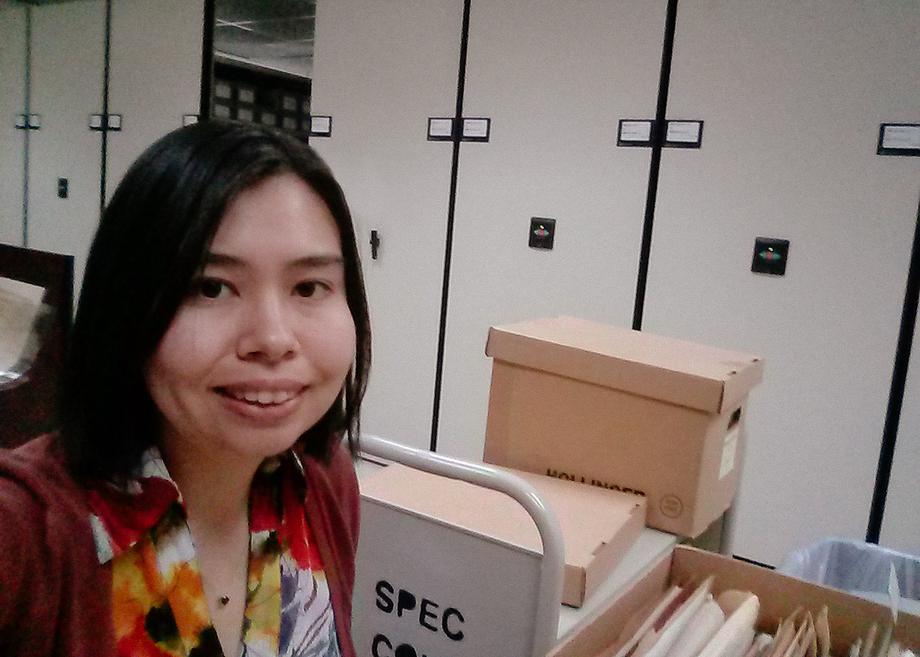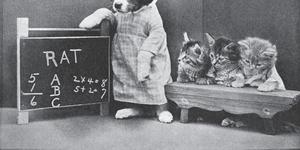
I'm surprised that my internship is already almost over! While the first weeks working from home dragged on, time began to fly by. This week, I worked on another instruction kit incorporating the Louise Foucar Marshall materials. Instead of piecing her story together, this lesson plan calls for a classroom debate over whether she was guilty of murdering her husband. Adapted from Bahde, Smedberg, and Taormina (2014), students substantiate their arguments using the historical evidence. While I don't necessarily want to sensationalize her life or downplay her contributions, this may be a great way to engage undergraduate students unfamiliar with archives.
One of my final tasks is compiling social media ideas. It has been a while since I scanned the accounts of other archives. These days it seems like every organization has their own account. During a pandemic, social media becomes even more important to connect with audiences by sharing digital collections. The Archivists Think Tank group on Facebook is a good place to start and see posts shared by others. I'm also searching for hashtags, such as #ArchivesHashtagParty, which is used to share content around a topic chosen by the National Archives. I'm hoping to find examples of posts that aren't just images from collections . . . perhaps an archive on TikTok?
To wrap up, I lack a sense of closure as I finish my internship remotely, knowing I won't see Special Collections or my colleagues and peers again (at least, not anytime soon). My pop-up exhibit remains in the Reading Room, and the George Chambers Papers await being processed. Nevertheless, I'm relieved and happy I was able to do "hands-on" work at a distance and hope to visit Special Collections the next time I'm in Tucson!
Bahde, A., Smedberg, H., & Taormina, M. (Eds.). (2014). Using primary sources: Hands-on instructional exercises. ABC-CLIO, LLC.: Santa Barbara, CA.
